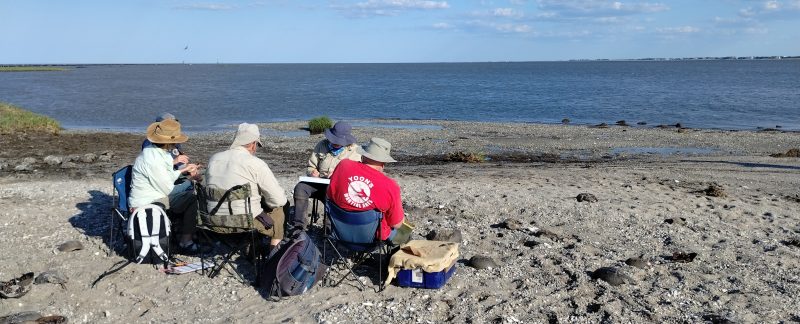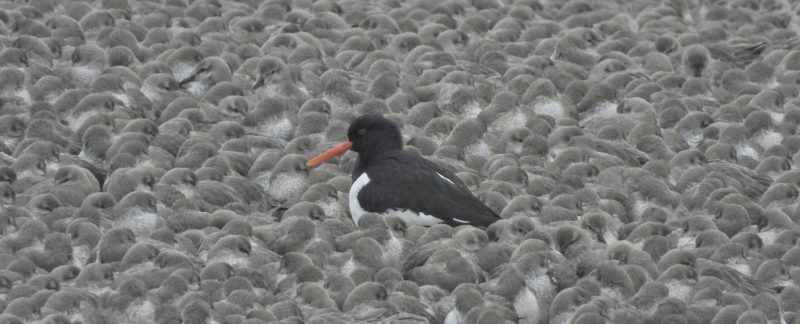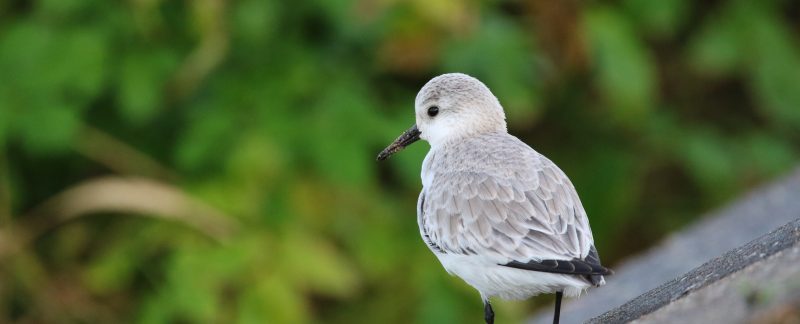Sunday 26 May
On the first day of week three in Delaware, Rob Rob, Chantal, Katharine and Kirsty left for Philadelphia to begin their journey home to the UK. They made the most of their last morning however, squeezing in one more resighting visit to Mispillion Harbor!
On their way to Osprey via Cedar Beach with Flo, a new volunteer got stuck in the deep mud. Showing their quick thinking and fantastic team strength, the Brits rallied together to undertake a quick and effective two-pronged rescue with help coming by boat and car/foot. Well done all!
Not many flags were spotted in Mispillion, it would seem many shorebirds were already migrating northwards. There is also the thought that more are heading to feed in New Jersey, where there are areas for roosting closer to the feeding sites. The evening harbour survey was cancelled due to an approaching storm, but this did not stop Ryan and Guy from cooking up an epic meal on the BBQ.
Continue Reading →




